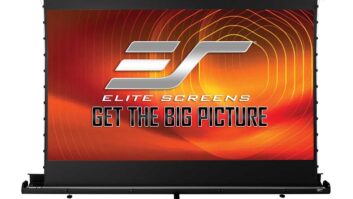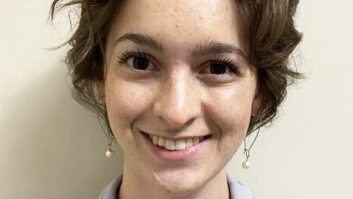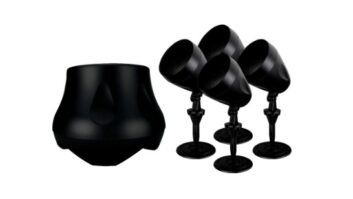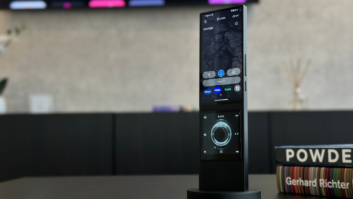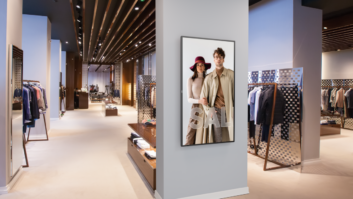Melville, N.Y. – On the heels of last fall’s successful D7000
d-SLR launch,
unveiled Tuesday a midlevel
consumer d-SLR employing a D7000-like 16.2-megapixel CMOS sensor and FullHD
1080p video recording. It also introduces a new Special Effects mode for a
range of advanced creative image treatments.
At launch this month, the D5100 ($800 suggested retail for the
body only, $900 with a AF-S DX Zoom-Nikkor 18-55mm f/3.5-5.6G ED VR lens) will
fit in the consumer d-SLR line between the D5000 and D90 models, but will bring
many of the new advancements found in the D7000. These include a similar (not
identical) 16.2-megapixel CMOS sensor, Expeed2 image processor, and an advanced
high ISO range from 100 to 6,400 (expandable to 25,600) for clean image quality
even in low available-light conditions.
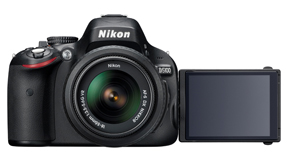
Nikon said the camera was designed for photographers who are “ready
to artistically express themselves.” This is especially true when using the
camera’s Special Effects mode on the top mode dial.
This new setting can be applied to either stills or D-Movies to
add Selective Color effects in which the photographer can choose to isolate
from one to three different colors in a scene while converting the rest of the
image to black and white.
The technique previously had been limited to advanced video or
still editing software programs.
The Special Effects mode also features a Color Sketch option to create
photos and stop-motion movies with a colorful sketched drawing appearance, and
a Miniature effect records photos and high-speed movies that convey a mini-scale.
To record photos in extreme lighting conditions or to produce
movies with a gritty appearance, a new Night Vision mode yields extreme
low-light shooting at up to a super-high 102,400 ISO level.
Beyond the Effects mode, Nikon also offers a selection of high
dynamic range (HDR) photo-taking options, including the Active D-Lighting
system available in the past models to bring out details in extreme bright or
dark areas of a scene; a bracketing system to take multiple images at different
settings for use with HDR features in image edition programs outside of the
camera; and Nikon’s new “HDR” function within the camera that automatically
exposes two consecutive images in rapid succession — one over- and one
underexposed up to 3EV stops to produce a finished photo with a wide range of midtones
and highlights.
Active D-Lighting also can be selected by itself or combined with
HDR for a more dramatic effect.
Other features in the D5100 include a 3-inch, 921,000-dot
Vari-angle LCD screen that flips out and rotates 180 degrees (horizontally and
vertically), a single SD card slot, and FullHD (1080p/24 fps and 30 fps) movie
recording with full-time autofocus and AVCHD, H.264 video compression.
A range of retouching tools is also available in the camera,
including color and filter effects, red-eye correction and NEF (RAW)
processing.
The Picture Control system provides a selection of Standard,
Neutral, Vivid, Monochrome, Portrait or Landscape settings to apply a personal
look and feel to their pictures, while Scene Modes include: Portrait,
Landscape, Child, Sports, Close-up or Night Portrait.
For video, the camera records FullHD 1080p movies at either the
24 fps or 30 fps rate in addition to 720p, and offers an improved full-time
autofocus system to track moving subjects.
Users can quickly switch
focus modes to stay with the action through a variety of AF functions,
including face priority that tracks up to 35 human faces, subject-tracking, and
normal or wide-area autofocus. A new on-camera switch is added to activate
D-Movie mode and Live-View.
To offer improved sound recording, Nikon is introducing along
with the D5100 its first video accessory item — the ME-1 ($180 suggested
retail) hot-shoe-mountable stereo directional mic. It uses a standard 3.5mm
stereo jack and will work with most movie capable d-SLRs on the market.
The camera also includes an 11-point AF system for rapid focus
acquisition, and a Scene Recognition System analyzes subject information from a
database containing more than 30,000 images to optimize focus, exposure, i-TTL
flash exposure and white balance.
The system reads data from the 420-pixel 3D Color Matrix Meter
RGB sensor that examines the scene’s brightness and color data then optimizes
the camera’s performance prior to the actual exposure.







